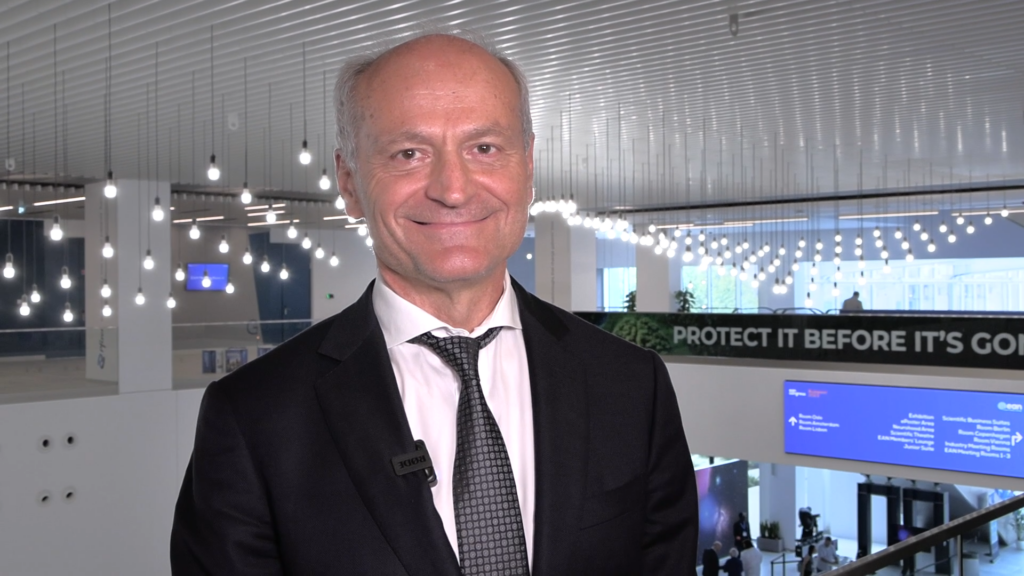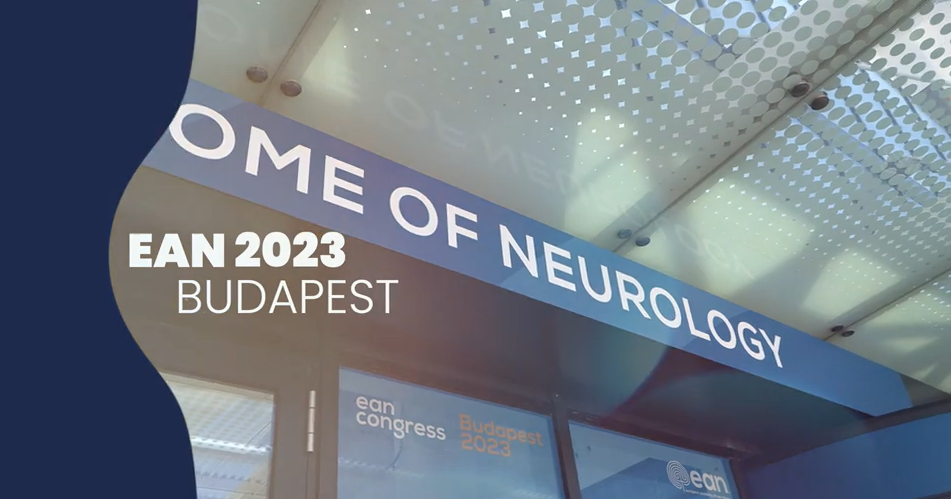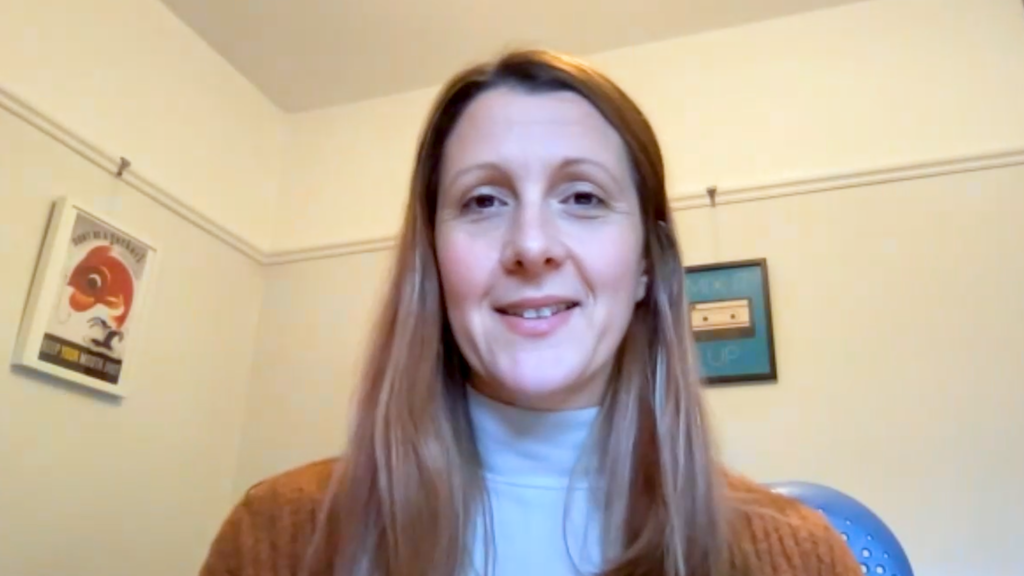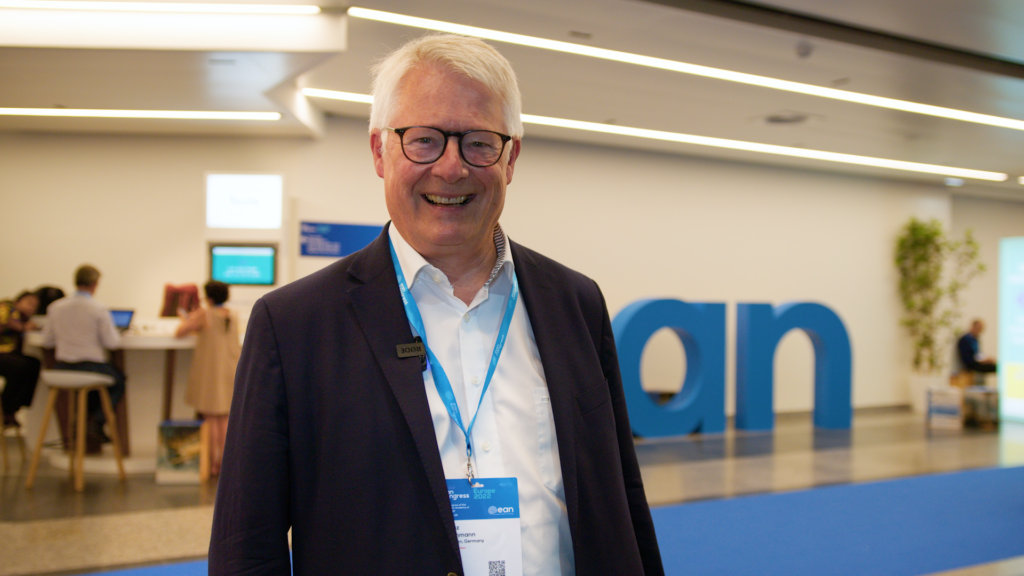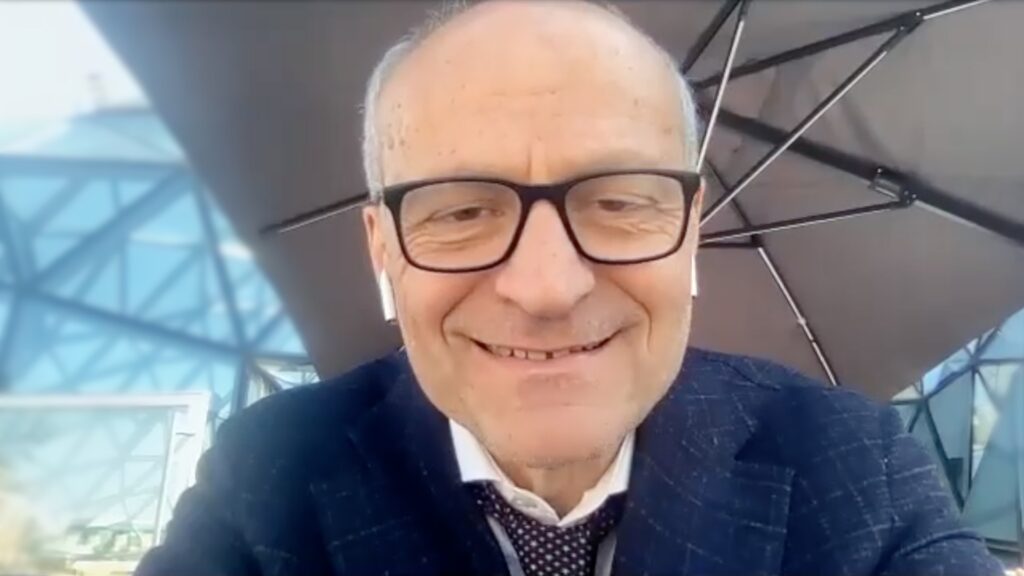Rajesh Pahwa (University of Kansas Medical Center) discusses the management of dyskinesia in Parkinson’s disease with a focus on amantadine (GOCOVRI™), the first and only FDA-approved medication for this indication.
Questions
1. What is the mechanism of action of amantadine in dyskinesia? (0:11)
2. What were the major findings of the two pivotal studies that led to the approval of GOCOVRI™ (amantadine) extended release capsules? (0:51)
3. Could you tell us a little about the pharmacokinetic profile of GOCOVRI™ and its recommended dosing regimen to achieve optimal dyskinesia control? (2:06)
4. How does the extended release formulation contribute to the tolerability of amantadine? (3:12)
5. What is the effect of GOCOVRI™ on non-motor symptoms in patients with Parkinson’s disease? (4:02)
Speaker disclosures: Rajesh Pahwa has received consulting fees from Abbvie, ACADIA, Acorda, Adamas, Cynapses, Global Kinetics, Lundbeck, Neurocrine, Pfizer, Sage, Sunovion, Teva Neuroscience, and US World Meds. Dr. Pahwa has received personal compensation in an editorial capacity as the Co-Editor-In-Chief of the International Journal of Neuroscience. Dr. Pahwa has received research support from Abbvie, Adamas, Avid, Biotie, Boston Scientific, Cala Health, Civitas, Cynapses, Kyowa, National Parkinson Foundation, NIH/NINDS, Parkinson Study Group, and Pfizer.
Filmed at the American Academy of Neurology (AAN) Annual Meeting 2018, Los Angeles, CA, US, April 2018.


